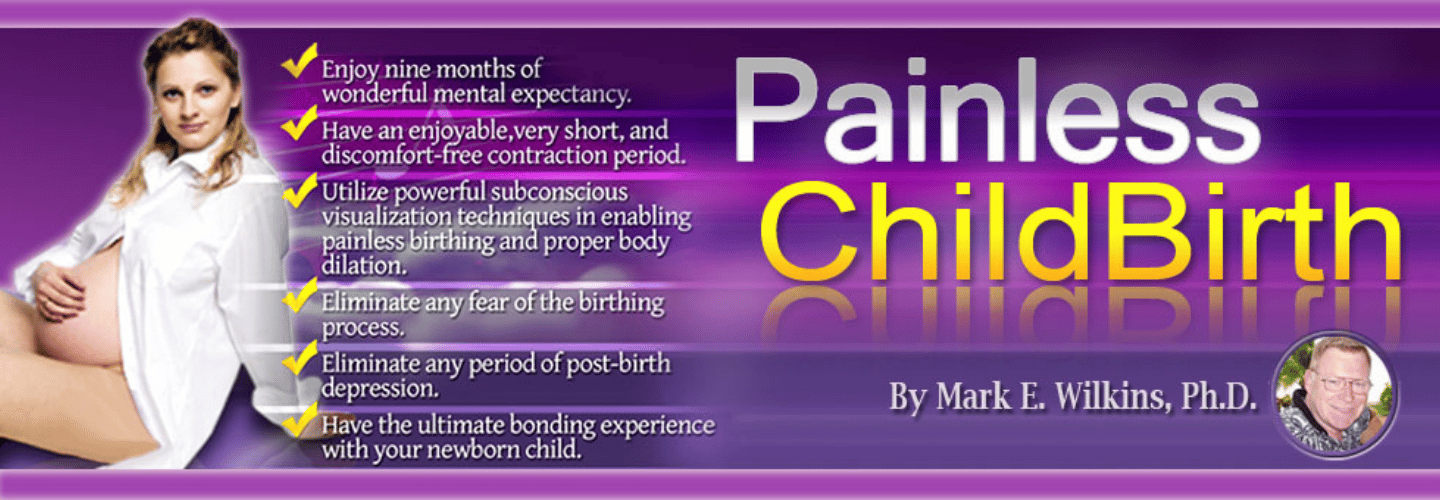
Top Trends in Pregnancy and Birth
As the shift toward self-education continues to grow, large numbers of American women are choosing alternative ways to prepare for childbirth and cope with the intensity of labor. Instead of waiting for the doctor to tell them what they need to know, women are doing more research on their options and exploring ways to make pregnancy and birth less painful.
Trends in Pregnancy
1. Birth Networks – These organized, regional groups of pregnant women and birthing professionals meet regularly to educate, empower and support each other and advocate for the improvement of maternity care in their communities. What started as a grassroots movement has exploded across the county.
Evidence of a growing trend: Amy Romano of Lamaze International estimates that the number of birth networks has doubled in the past year. Since 2004, the Lamaze Institute for Normal Birth has awarded grants to form and expand birth networks. It also offers organizational resources for birth networks through their website, https://www.normalbirth.lamaze.org and https://www.painfreechildbirthing.com
2. Birth Stories – Expectant women are hungry for information on labor and birth, and the mainstream media is responding with birth stories. These stories offer much more than entertainment; they provide information on birth options, tools, classes and techniques. The impact of birth stories on expectant parents is quickly coming to the attention of the birth professionals, and many are actively discouraging patients from watching the highly-dramatized birth programs on cable television. Because the level of fear in a laboring woman directly impacts the progression of her labor, birthing professionals are directing patients to read only empowering, inspiring birth stories, such as those found in Journey into Motherhood: Inspirational Stories of Natural Birth https://www.journeyintomotherhood.com (White Heart Publishing, 2005).
Evidence of a growing trend: There are now 7 programs on cable television that highlight the experience of labor and delivery. Most pregnancy magazines now feature birth stories on a regular basis, and many birth networks and childbirth educators now sponsor birth-story nights.
3. Hypnosis for Childbirth – Since a 1999 segment on NBC’s Dateline featured hypnosis for childbirth, interest has steadily grown. The HypnoBirthing Method and Hypnobabies are two of the oldest and popular programs, but with the growing interest in this method, there are now several different programs available, as well as supplemental products such as Painless Childbirth by Growth Enrichment Center, (this is the procedure shown on Dateline) , Journey into Childbirth: Hypnosis for Empowered Birthing by Sheri Menelli. While no program promises a pain-free birth, this is a frequent result. All eliminate or reduce labor pain.
Evidence of a growing trend: In the late 19990s there were only a few hundred educators, and as of this year, there are over 3000.
4. Prenatal yoga – Prenatal yoga strengthens and stretches the muscles that are used in childbirth, and teaches breathing and focusing techniques that help women through labor.
Evidence of a growing trend: In San Diego, California, prenatal yoga instructors are reporting an increase in class attendance of approximately 50% over the last three years. Much of the increase is attributed to growing support from doctors, midwives and childbirth educators who send their clients to yoga classes to relieve back pain, reduce tension, and cope with high blood pressure. A number of prenatal yoga videos are now available to women who prefer to practice at home.
5. Water-assisted labor – Widely known as “nature’s epidural,” warm water can ease the discomfort of labor by helping a woman relax. A “birthing tub” counters the effect of gravity on her contracting muscles, and even a warm shower can provide soothing comfort to tired and tense women.
Evidence of a growing trend: In the last 10 years, water-assisted labor has grown exponentially. In 1995 there were only three hospitals in the country that offered it. Now it is offered in more than 260 hospitals – 15% of all U.S. hospitals. In the last year alone there was a 4% increase, and this number is expected to grow in the coming year.
6. Doulas – A doula is a professional who is trained to provide emotional and tactical support a family through pregnancy, labor, delivery, and newborn care. Studies show that the presence of a doula reduces the need for medication, as well as the possibility of a Cesarean-section birth.
Evidence of a growing trend: Every doula organization reports phenomenal growth in membership, and in the number of students in doula training classes. Doulas of North America (DONA), just one of several doula organizations reported a 10-fold increase in the number of certified doulas in the last 7 years.
7. Pregnancy Massage – A specialized form of bodywork, pregnancy massage addresses the specialized needs of a rapidly changing body. It enhances the function and alignment of muscles and joints, improves circulation and muscle tone, and relieves mental and physical fatigue. These benefits translate to lower levels of stress hormones, as reported in a study by Dr. Tiffany Field at the University of Miami School of Medicine.
Evidence of a growing trend: Instructor Elien Alexander from The School of Healing Arts in San Diego, California, reported a 10-fold increase in the number of students becoming certified in pregnancy massage in the last 5 years.
Be sure to visit the Painfree Childbirth Program Page, and know more about this popular program for eliminating fear and discomfort of labor pain from your childbirth.




